
Each Icon below will take you to a page for the Respective ACLS EKG. These pages cover all of the cardiac arrhythmias that you will experience in the ACLS provider course. Rhythms from Ventricular Fibrillation to Complete Heart Block are covered. Examples of each ECG tracing are provided, and after each article is a short video that simulates the ACLS ECG on a defibrillator monitor.
You will also find a question and answer section below each rhythm video. This area covers the most common questions asked about each rhythm. Feel free to leave a comment or question as you review the content.
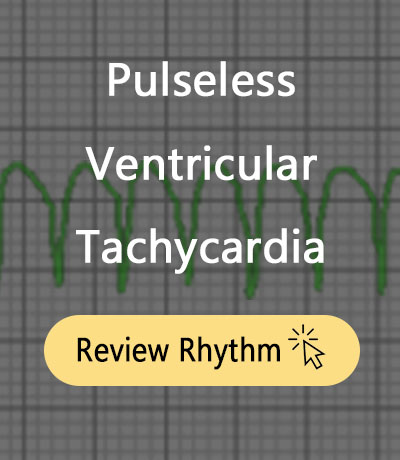
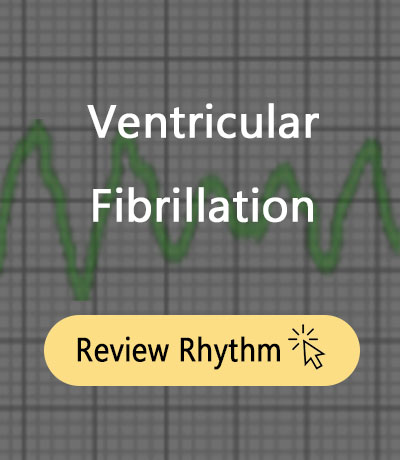
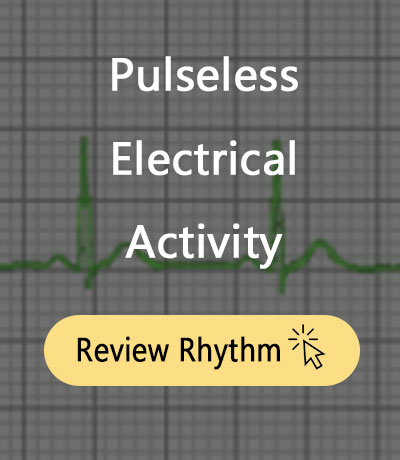
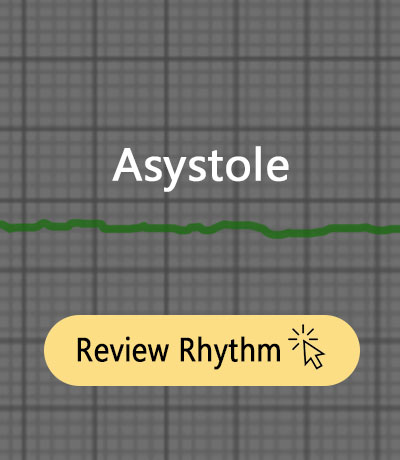
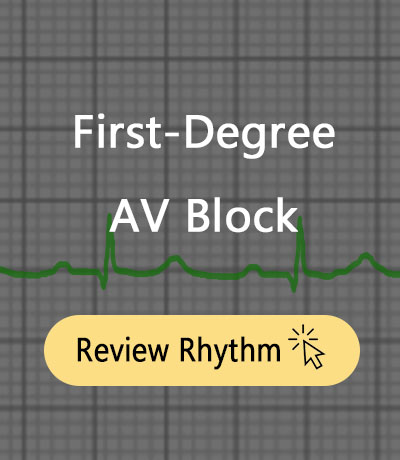
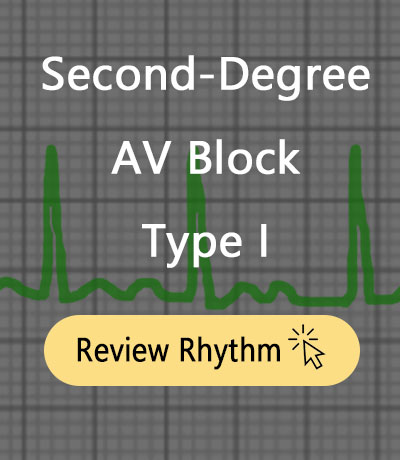

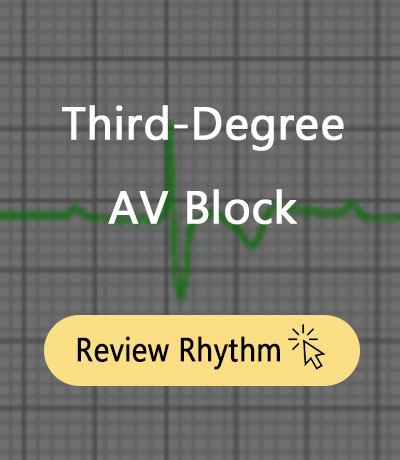
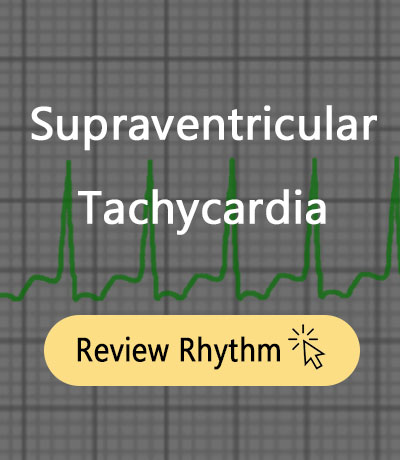
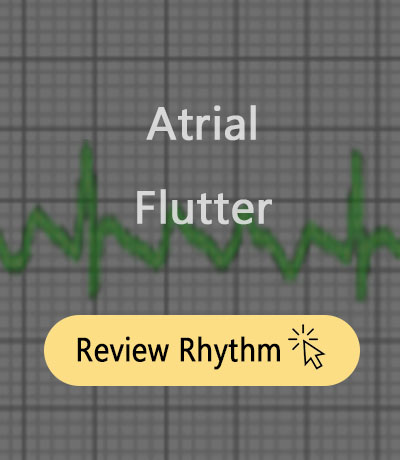

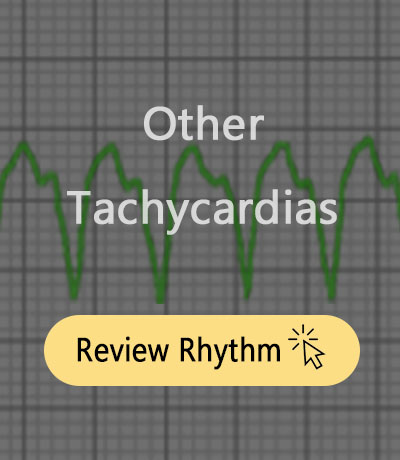
Jimmy Cricket RN says
this is one of the most simplest explanation i’ve seen on this topic. i just finished my ACLS and now undergoing EMT training and i just want to let you know it really really helps. thanks.
UMARU says
I hope this information will help me. As a healthcare professional, it has always been a problem when it comes to analizing cardac rhythms. this materials is well symplified.
thank you for providing such great material free of charge.
Kimmie1 says
Jeff, do you have an instructional or tutorial regarding how to use a monitor….or suggestions on any I could look up? I know this may sound dumb, but not all people work with one on a regular basis. I appreciate any feedback on this. Also, thank you for this wonderful site, as it is helping me very much to understand some concepts I’ve had problems with. Thanks!
Jeff with admin. says
At this time, I do not have any tutorials for using a monitor/defibrillator. This YouTube video is a very good overview of the use of a monitor/defibrillator.
There are a number of different varieties of monitor/defibrillators available, and each one may have a few minor different features. The best way to learn about these machines is to put your hands on them and play with them. If you have one available, I would encourage to mess around with it once or twice a month to stay familiar with its features.
Kind regards,
Jeff
Nicola Jo Attebery says
Jeff, any place on your site that explains PVC? Thank you much. Nicki
Jeff with admin. says
There is no place on the site that specifically covers PVC. A PVC is a premature ventricular contraction. The PVC is caused when the ventricle is irritated and fires without an electrical current coming from the atria to the ventricles.
This is why PVCs always have a wide QRS complex. The electrical impulse is generated in the ventricles, unlike a normal impulse which is initially generated in the atria and travels from the atria to the ventricles.
Kind regards,
Jeff
Byron Shaw says
Hi Jeff,
I have been a nurse for a while now and worked in various ER’s for nearly 2 decades. I really wanted to say the modern approach to ACLS as a team is way better than the earlier years……..lol. For those that could use some help with rhythm interpretation there is a book titled, “Rapid Interpretation of EKG’s” , by Dr. Dale Dubin. It can be found virtually anywhere and was very helpful for me to understand what I’m seeing on that cardiac monitor and why. He is very simple in his teaching approach in the book. It will cover everything including 12 lead interpretation. I have surely recommended it to new nurses prior to their initial ACLS. Now, 20 years later, it’s still a great resource. Hope this can help some.
MEBO says
I am so glad that there is a site dedicated for these rhythms and ACLS that is so well organized, well researched and so easy to understand. I would like to stress on the last point because tI have never been able to understand these from anywhere…and now finally I do!!! I am taking Step 2 CK next month and thanks to Jeff , I finally can go confident on these emergency medicine questions. Thank you so much Jeff !!!
dr haseebullah says
systematic treatment of VT NOT PRESENT
Jeff with admin. says
This can be found under the tachycardia algorithm section.
Jane says
This site is incredibly helpful! I love how it’s organized, clear, and concise. Thank you!
VEDA says
Thank you for a very informative lesson. I benefited from the live examples and simple, clear commentaries which makes it easier to remember. Great job!
Armymom2x says
Thank you Jeff for this wonderful review! I passed my ACLS my first time! I come back frequently as a refresher! I have passed this site along to my coworkers who will be also taking ACLS for the first time!
Morocco says
Thank you very much for this information, it is helpful and precise ,
hisham zhran says
Thank you for this valuable information
Kate says
Hey Jeff – Thanks for the review of the rhythms. Is there anywhere else I can see a few more examples of the heart blocks? I always have trouble differentiating complete HB and 2nd degree type II HB. Thanks!
Jeff with admin. says
You can find some good examples of the heart blocks you mention here and here.
Kind regards,
Jeff
MCKINNEY says
JEFF I PASSED MY TEST ON SEPT THE 17TH. THANK YOU I WILL AT LEAST BE A NURSE FOR ANOTHER TWO YEARS(SMILE) THANK YOU FOR SUCH A GOOD PRICE AND WEB SITE.SEE YOU IN ANOTHER TWO YEARS.
Lourdes Cabrera says
Love this site. Thank you for such a thorough snd easy explanatory Hola way.
Lourdes Cabrera says
easy way.
Barbara says
Wonderful site.. Have help me a lot . Thanks